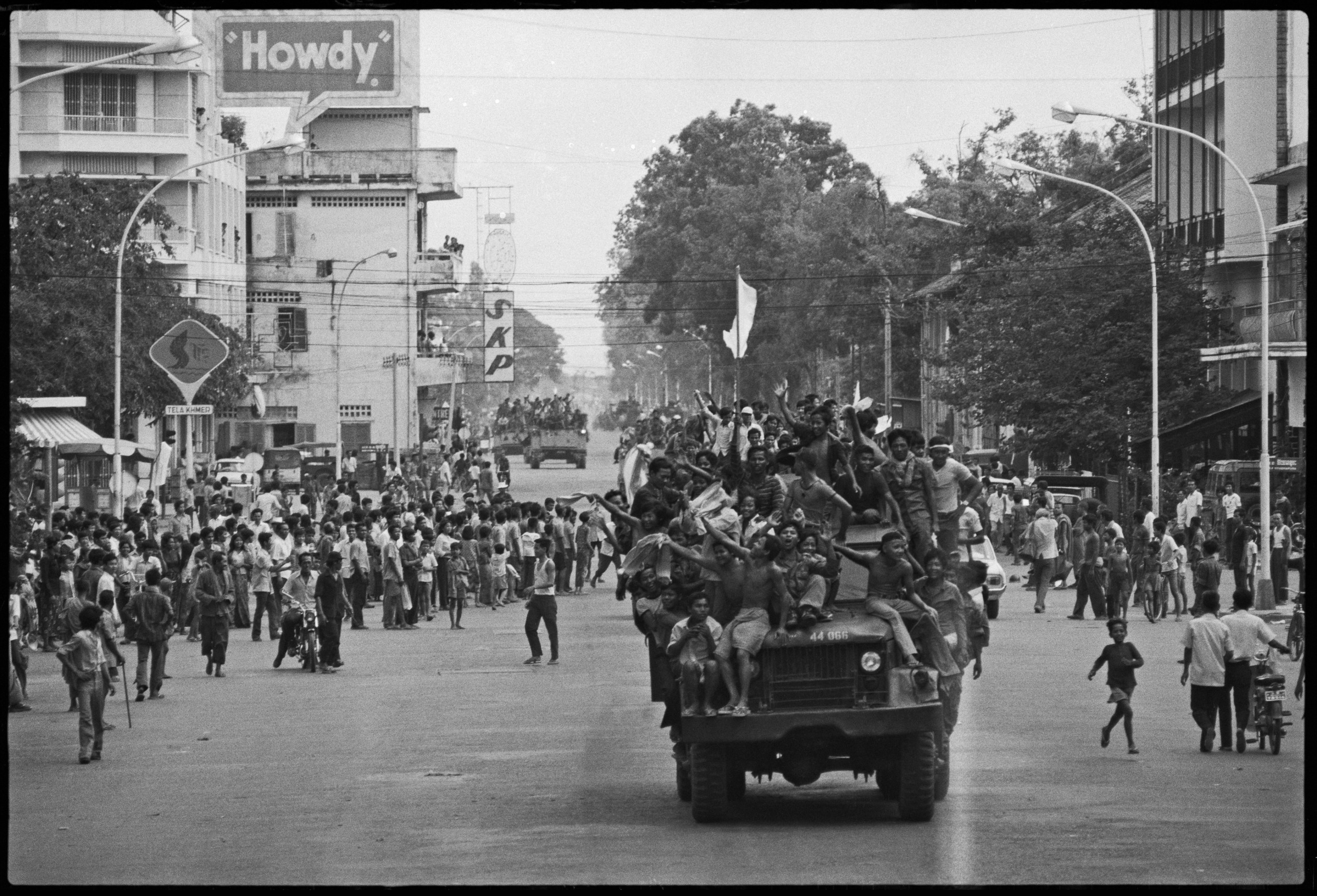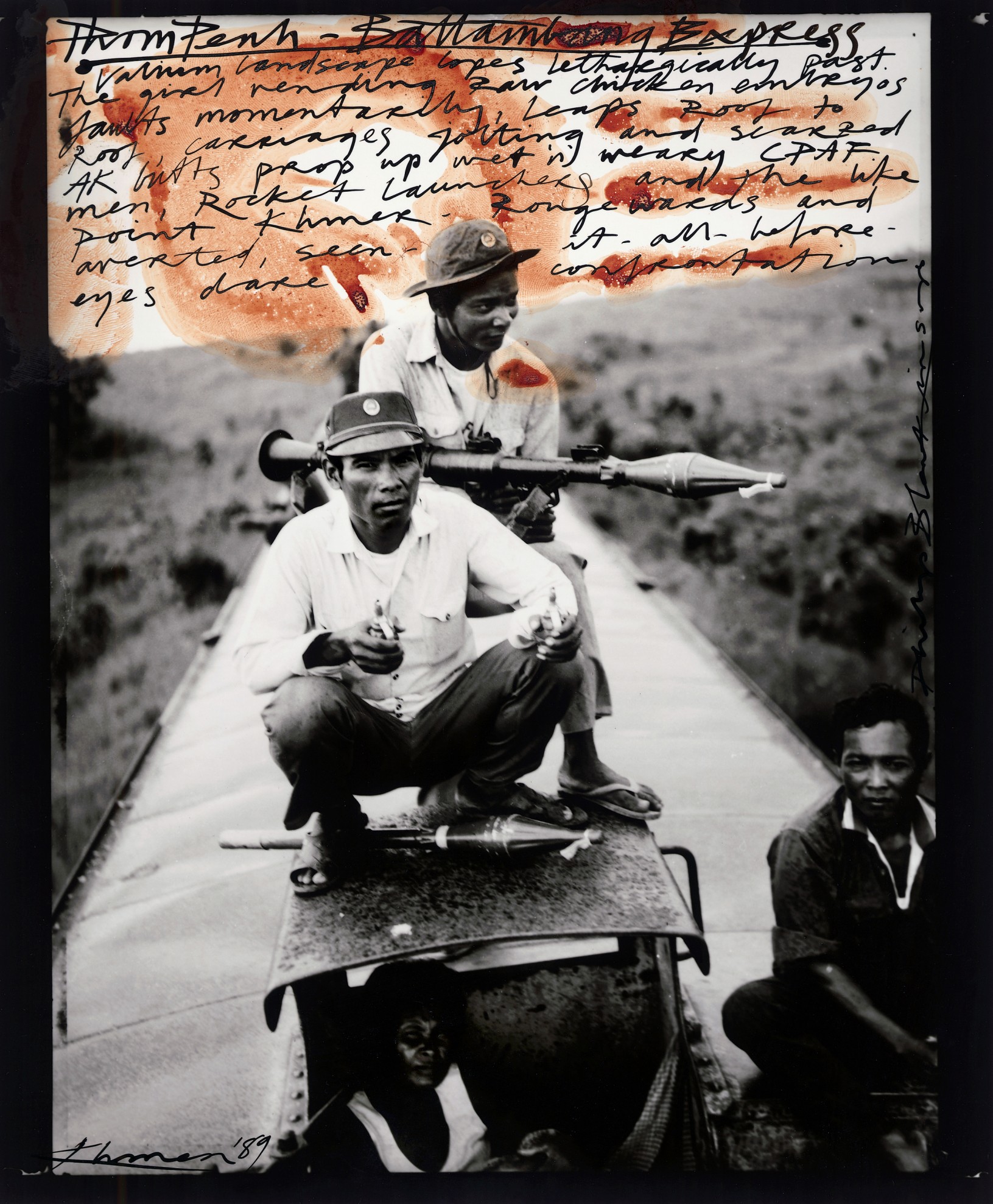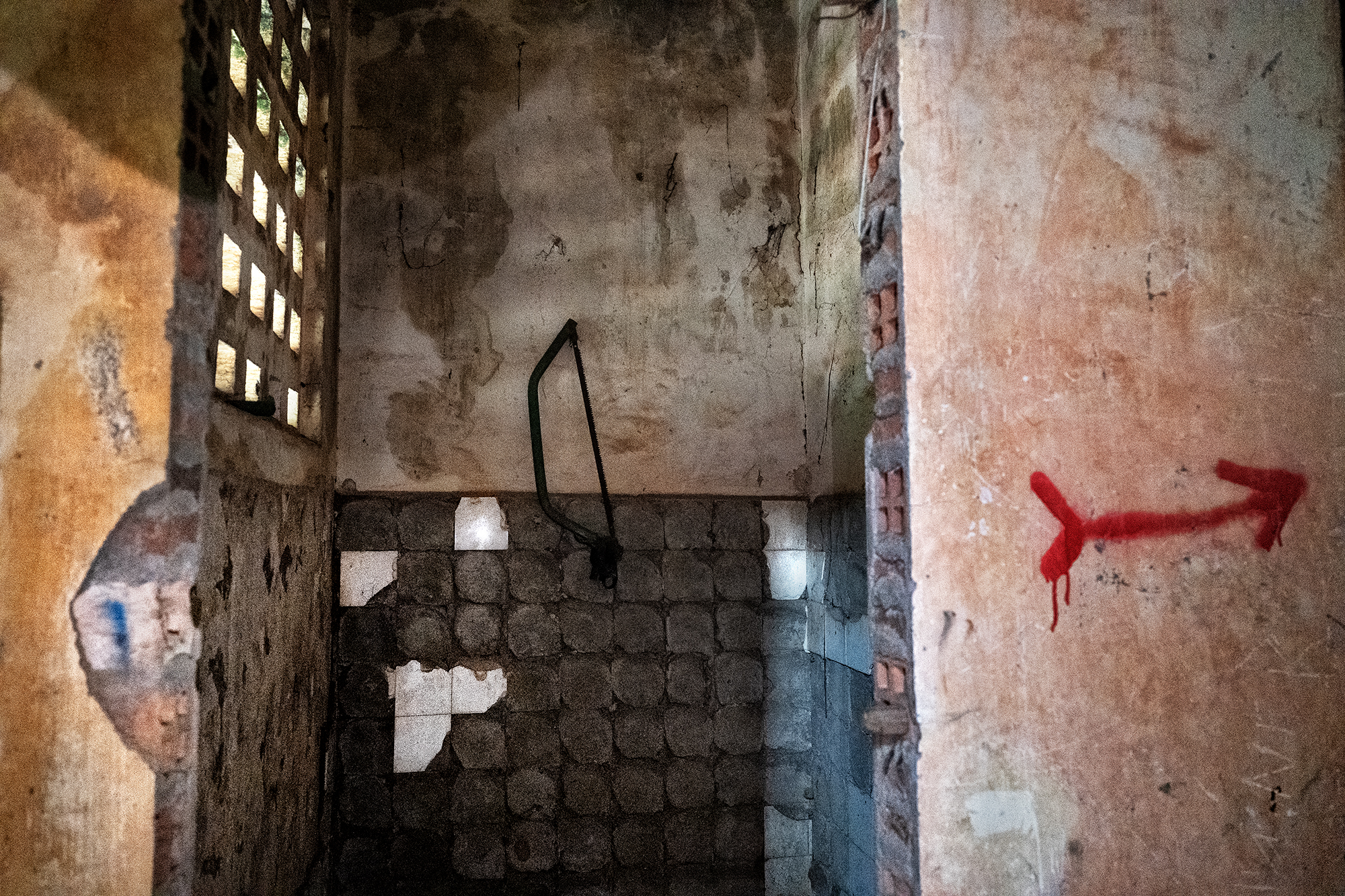20 November 2025, 6:30–7:30 PM

Fifty years after the Khmer Rouge took Phnom Penh on April 17, 1975, we are dedicating
the first evening of screenings to this event. The program begins with the images of Roland
Neveu. This French photojournalist, who had already come in 1973 to document the conflict
while accompanying government troops, was the only Western photographer to cover the
capture of the capital. His images were published around the world.

The photographs taken by British photographer Philip Blenkinsop in the country between
1989 and 1997 are like the diary of a lover of Southeast Asia who, without pathos but with
realism, travels through a wounded country that is nevertheless driven by a fierce desire to
rebuild itself. Moving from classic documentary images with very solid framing to portraits in
Polaroid negative and prints reworked with blood and writing, he explores the different
modes of his visual language.

In 2007, the Japanese photographer Chikura Yukari visited Cambodia, taking only souvenir
photos at the time. Deeply moved by the traces of the Khmer Rouge tragedy, she returned
the following year, and it was through her project Living in the Killing Fields that she truly
became a photographer. She has since published a very important book and exhibited
internationally. These photos are being shown in Cambodia for the first time.

Swiss photographer Sylvie Léget, who came to Cambodia in 1989 as part of humanitarian
efforts, was also deeply affected by the ravages of war, particularly the many victims of
anti-personnel mines. her reflections on memory and the photographic challenges
surrounding tragedies led her to return to Cambodia in 2022 and 2024. Her work is both
serious and poetic. Sophie Léget also paints on some of her photographs.